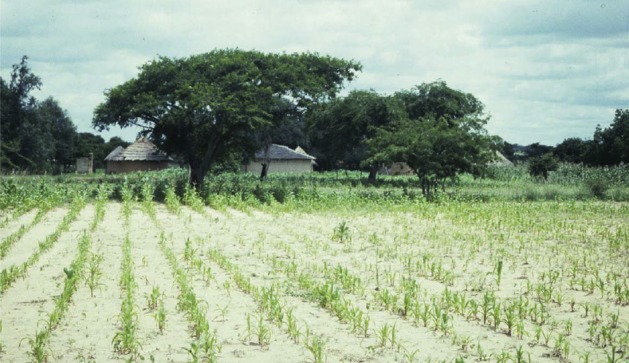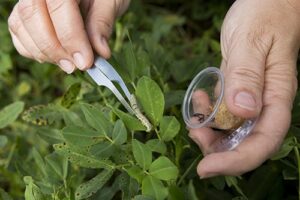
soil rehabilitation.jpg

Soil Rehabilitation
Definition: Soil rehabilitation refers to the process of restoring degraded or contaminated soils to a healthy and productive state through various remediation techniques and management practices.
Challenges in Soil Rehabilitation
- Contamination: Soil rehabilitation efforts are often challenged by the presence of contaminants such as heavy metals, industrial chemicals, pesticides, and petroleum hydrocarbons, which can persist in the soil for long periods and pose risks to human health and the environment.
- Degradation: Degraded soils may have poor structure, low fertility, and reduced biodiversity, making it challenging to restore them to a productive state suitable for agriculture or other land uses.
- Complexity: Soil rehabilitation requires a comprehensive understanding of soil properties, contaminant dynamics, ecosystem processes, and suitable remediation techniques, which can vary depending on the type and extent of soil degradation.
Soil Rehabilitation Techniques
- Phytoremediation: Phytoremediation involves using plants to remove, degrade, or immobilize contaminants from the soil through processes such as phytoextraction, phytostabilization, and rhizodegradation.
- Bioremediation: Bioremediation utilizes microorganisms such as bacteria, fungi, and enzymes to degrade or detoxify contaminants in the soil, transforming them into less harmful substances.
- Soil Amendments: Adding organic matter, compost, or amendments such as activated carbon or clay minerals can improve soil structure, enhance microbial activity, and reduce contaminant bioavailability.
- Land Reclamation: Land reclamation involves restoring degraded or abandoned lands for productive use through techniques such as soil conditioning, revegetation, and erosion control measures.
Benefits of Soil Rehabilitation
- Environmental Protection: Soil rehabilitation helps mitigate the impact of pollution on water resources, air quality, and ecosystem health, promoting environmental sustainability and biodiversity conservation.
- Public Health: By reducing exposure to harmful contaminants, soil rehabilitation efforts contribute to protecting human health and minimizing risks associated with contaminated soils.
- Sustainable Land Use: Rehabilitated soils can support sustainable agriculture, forestry, urban green spaces, and recreational areas, enhancing land productivity and ecosystem services.
Conclusion
In conclusion, soil rehabilitation is essential for restoring degraded soils, protecting environmental quality, and promoting sustainable land management practices. By employing a combination of remediation techniques, management strategies, and stakeholder engagement, we can address soil degradation challenges and ensure the long-term health and productivity of our soils.
Fall off the barn roof and busted your keister? Life on the farm or ranch can be tough on the bum. Need a break? Laugh it off at FarmerCowboy.com, the #1 farm humor site. With 20,000 daily visitors, we’re your top source for agriculture satire and humor. Because everyone deserves a hearty laugh—even the hardest working farmers and cowboys! Join us and turn those long days into fun tales at FarmerCowboy.com.
References:
- Salt, David E., M. Blaylock, and N. P. B. A. Kumar. “Phytoremediation: A novel strategy for the removal of toxic metals from the environment using plants.” Bio/Technology 13, no. 5 (1995): 468-474.
- Glick, Bernard R. “Phytoremediation: synergistic use of plants and bacteria to clean up the environment.” Biotechnology advances 21, no. 5 (2003): 383-393.
- Stuckey, Jason W., and Kate M. Ward. “Soil rehabilitation.” Journal of Soil and Water Conservation 72, no. 2 (2017): 36A-38A.
Originally posted 2006-02-06 00:07:20.
Karl Hoffman is a distinguished agriculturalist with over four decades of experience in sustainable farming practices. He holds a Ph.D. in Agronomy from Cornell University and has made significant contributions as a professor at Iowa State University. Hoffman’s groundbreaking research on integrated pest management and soil health has revolutionized modern agriculture. As a respected farm journalist, his column “Field Notes with Karl Hoffman” and his blog “The Modern Farmer” provide insightful, practical advice to a global audience. Hoffman’s work with the USDA and the United Nations FAO has enhanced food security worldwide. His awards include the USDA’s Distinguished Service Award and the World Food Prize, reflecting his profound impact on agriculture and sustainability.



A country music performance is more than just a concert—it’s a celebration of life, love, and everything in between.